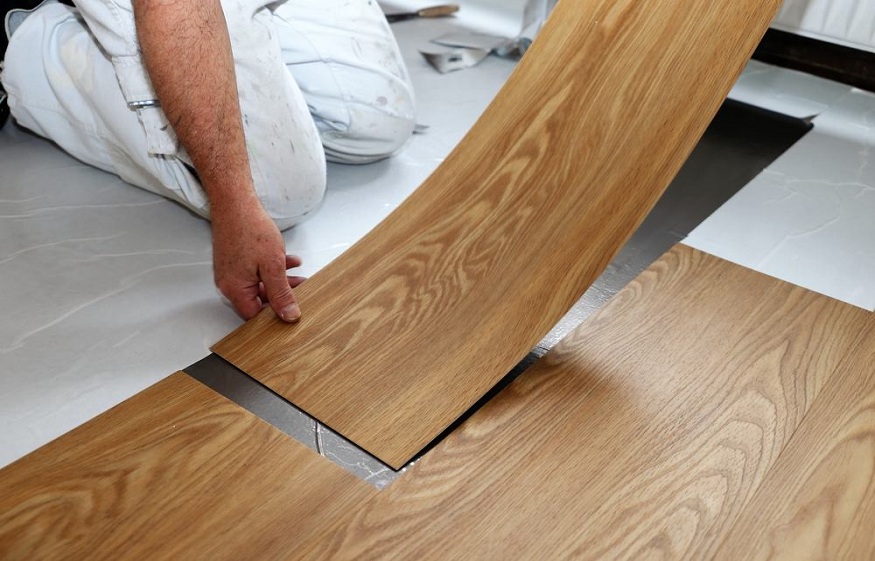Vinyl flooring is one of the most popular options to be used in the remodelling of different areas, both commercial and residential. However, this type of flooring offers a variety of products that meet different needs and tastes since the quality, appearance, colours, thickness and dimensions of PVC flooring help determine its properties and, therefore, its use.
One of the factors that become essential to understanding the types of vinyl floors is to know if they are homogeneous or heterogeneous since this defines the internal structure of each one and, therefore, determines its design, appearance and, as a benefit, maintenance savings. Of course, regardless of whether they are homogeneous or heterogeneous, both can be installed for the same use.
Below we define what homogeneous and heterogeneous floors are so that you are clear about what we mean.
Heterogeneous vinyl floors
This term refers to the use of noticeable layers within the composition of the product, in which there is usually a base layer, a central one with coating and a top one with wear; each one of them has different functionality and gives a particular property to the product—the tiles or the floor in a roll.

At first glance, when you see a heterogeneous vinyl floor tile, you will not notice any difference, so for this, you must make a cross-section where you can detail the layers that make up the interior of the tile.
For its manufacture, it is necessary to follow several steps by applying liquid layers of a specific material. Usually, fibreglass will need a coating to be later cured in an oven and, thus, improves the physical characteristics of each tile.
Once the coating and curing process is complete, the visual design is printed onto the top surface, which typically looks like natural wood, marble, tile or even fabric. A final coating is applied over the print, providing light wear to complement the visual texture effect and provide other performance, appearance and finish attributes.
Homogeneous vinyl floors
They have no visible layers, and the composition of the tiles is seen as a unit, looking the same from any perspective, even if a cut is made in the tile. However, even though it seems like a single material, it is different materials combined to create a product of excellent quality and resistance.
In its manufacturing process, it is necessary to use industrial mixers that are responsible for mixing, despite the redundancy, the dye that will colour the tile with the PVC pellets or granules and other elements that help improve and determine the physical characteristics and visuals of the final product.
Once the homogeneous mixture has been achieved, it is necessary to carry out a consolidation process where, with cylinders that press on the cross, the desired thickness and density of each tile are obtained.
Finally, the homogeneous vinyl floor is covered with a layer of urethane that guarantees the performance of the product and its resistance to wear, as well as giving it a specific visual appearance, such as a gloss or matte effect.
One of the advantages of this process is that the colour has greater depth and vibrancy.
Conclusion
The quality of homogeneous floors is not inferior to that of heterogeneous vinyl floors or vice versa; this only determines their use, appearance, design and properties. As we have mentioned in previous articles, vinyl flooring can be found on the market that meets specific needs and with particular functionalities, whether for interior or exterior, commercial or residential use, but also has a high resistance to humidity and weathering. Sun exposure, for example.
In addition, both options are affordable vinyl flooring solutions compared to other offerings on the market and provide excellent properties that have seen them maintain a superior level of popularity in the interior design space.
On the other hand, the installation and maintenance process for homogeneous and heterogeneous floors is the same; both can be installed over a clean, smooth, rigid subfloor. But WOW! Remember that the process must be carried out by a professional who guarantees the quality of their work, no matter how simple it may seem.
As far as maintenance is concerned, it is only necessary to clean the floor regularly, with semi-damp clean cloths, to remove dust, and then a dry cloth to remove traces of moisture. To guarantee the brightness and quality of the colour, we recommend using VINISOL cleaning products designed for each type of floor.


